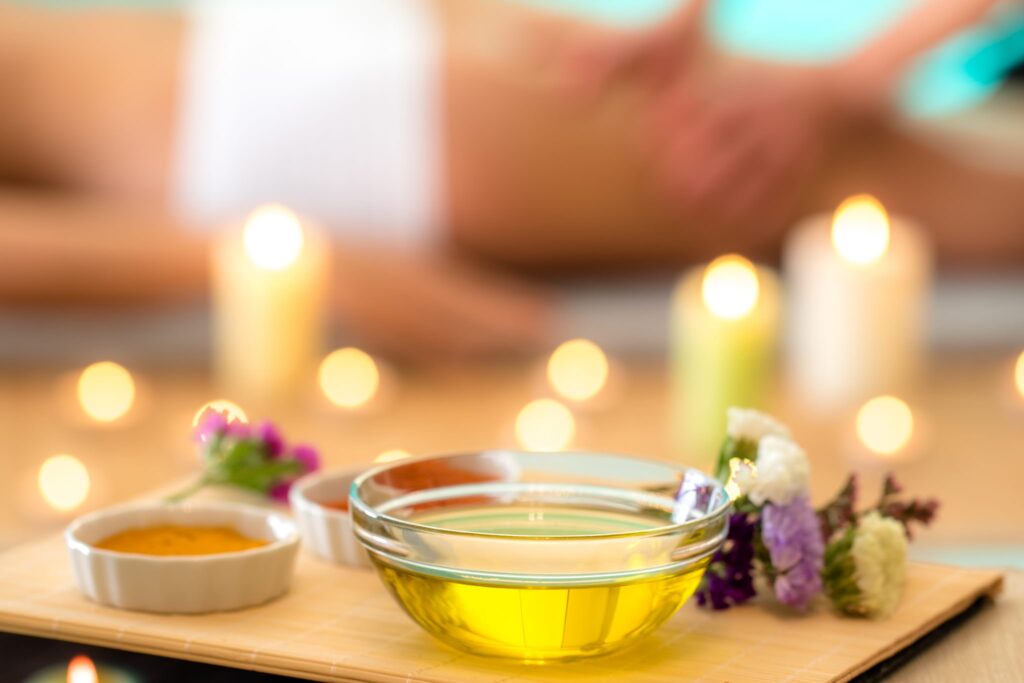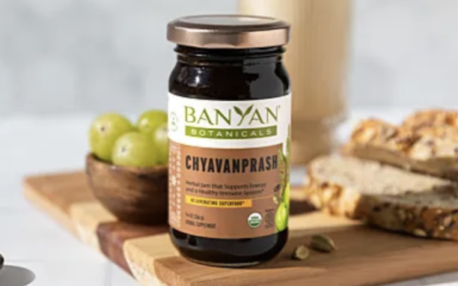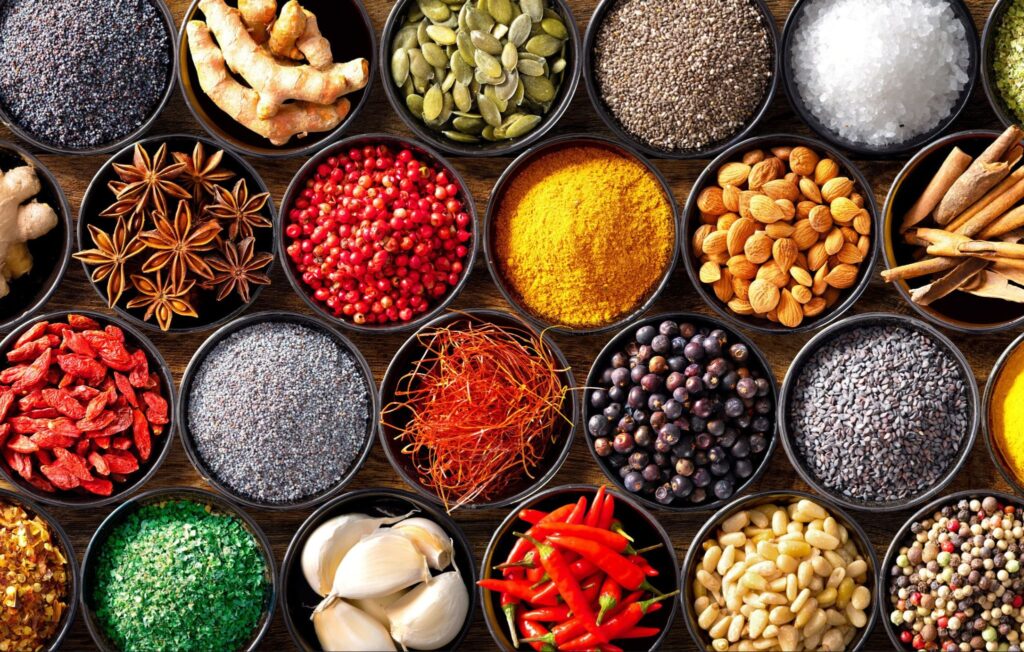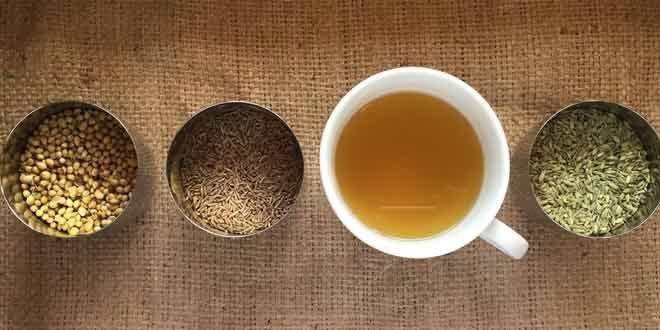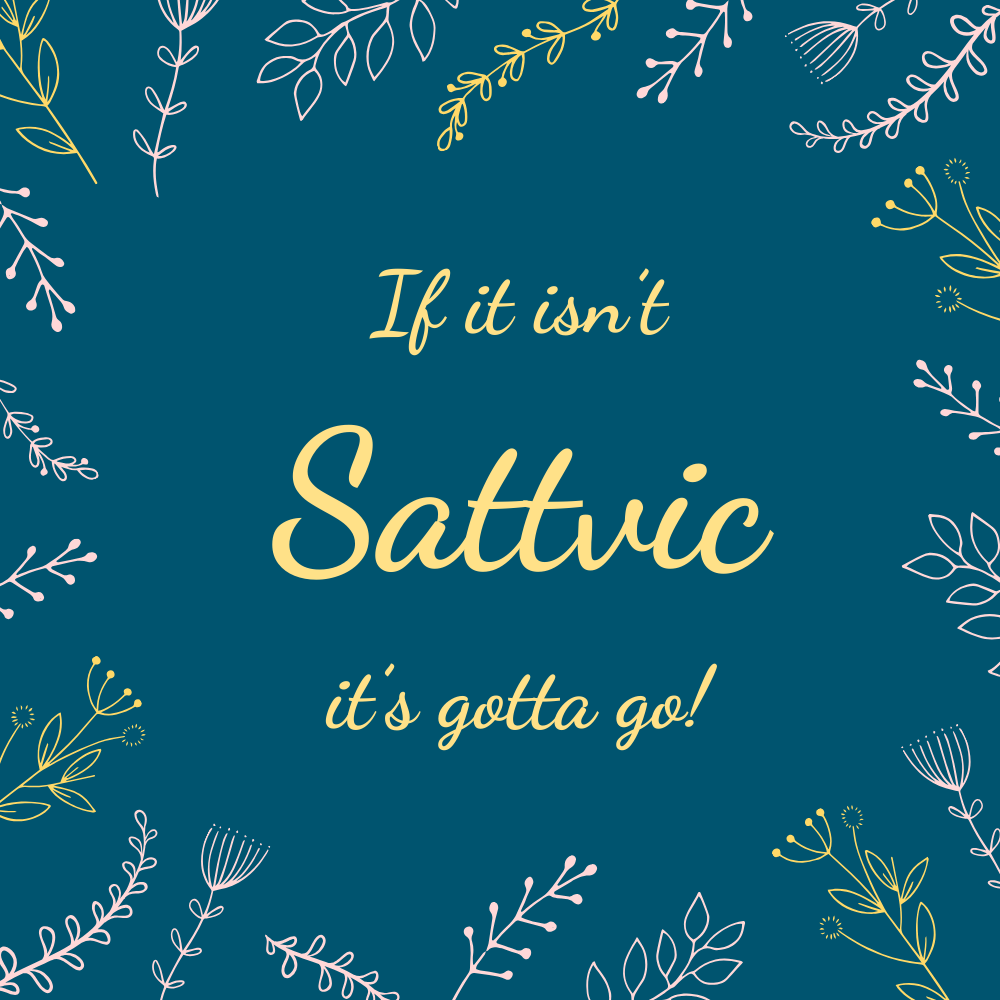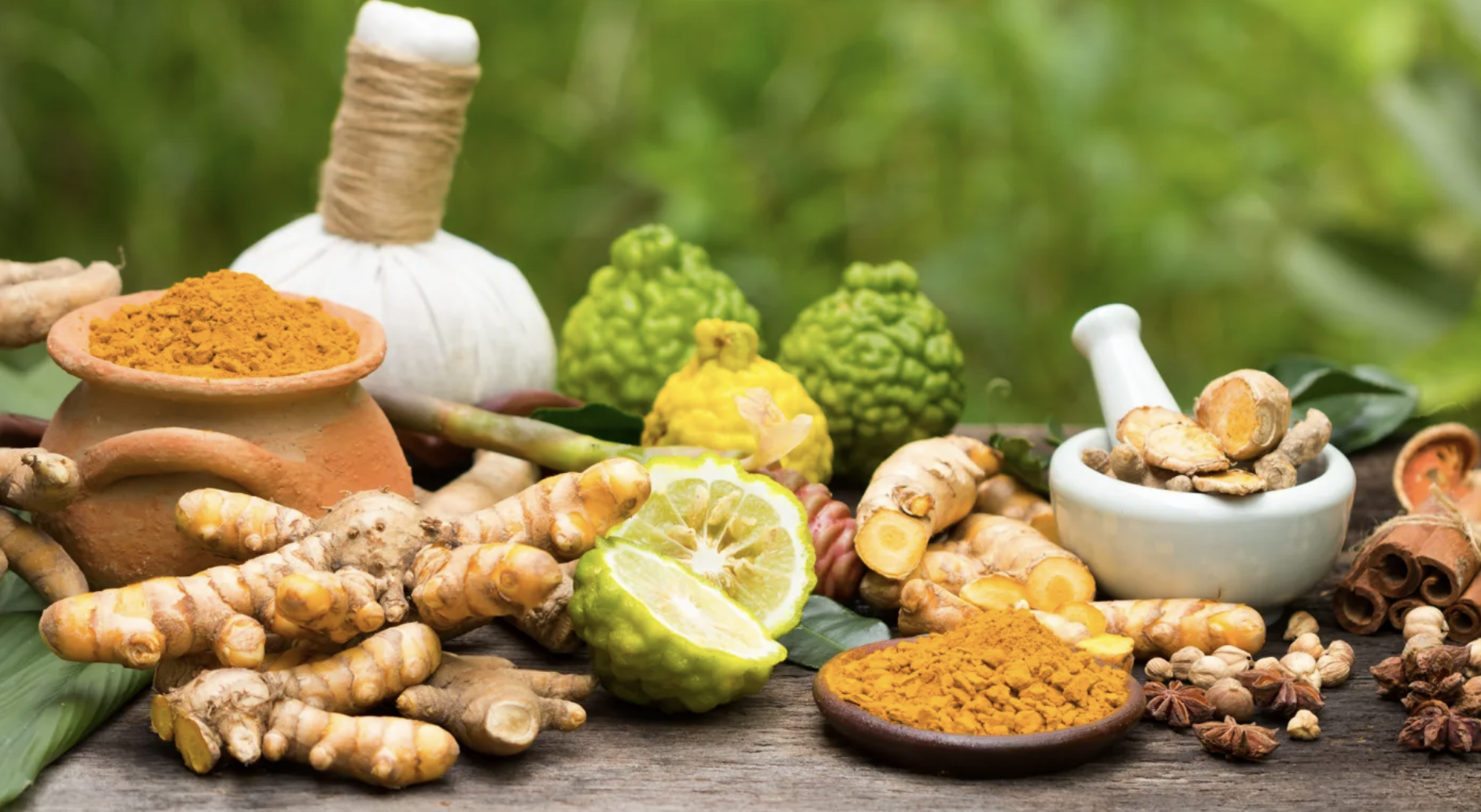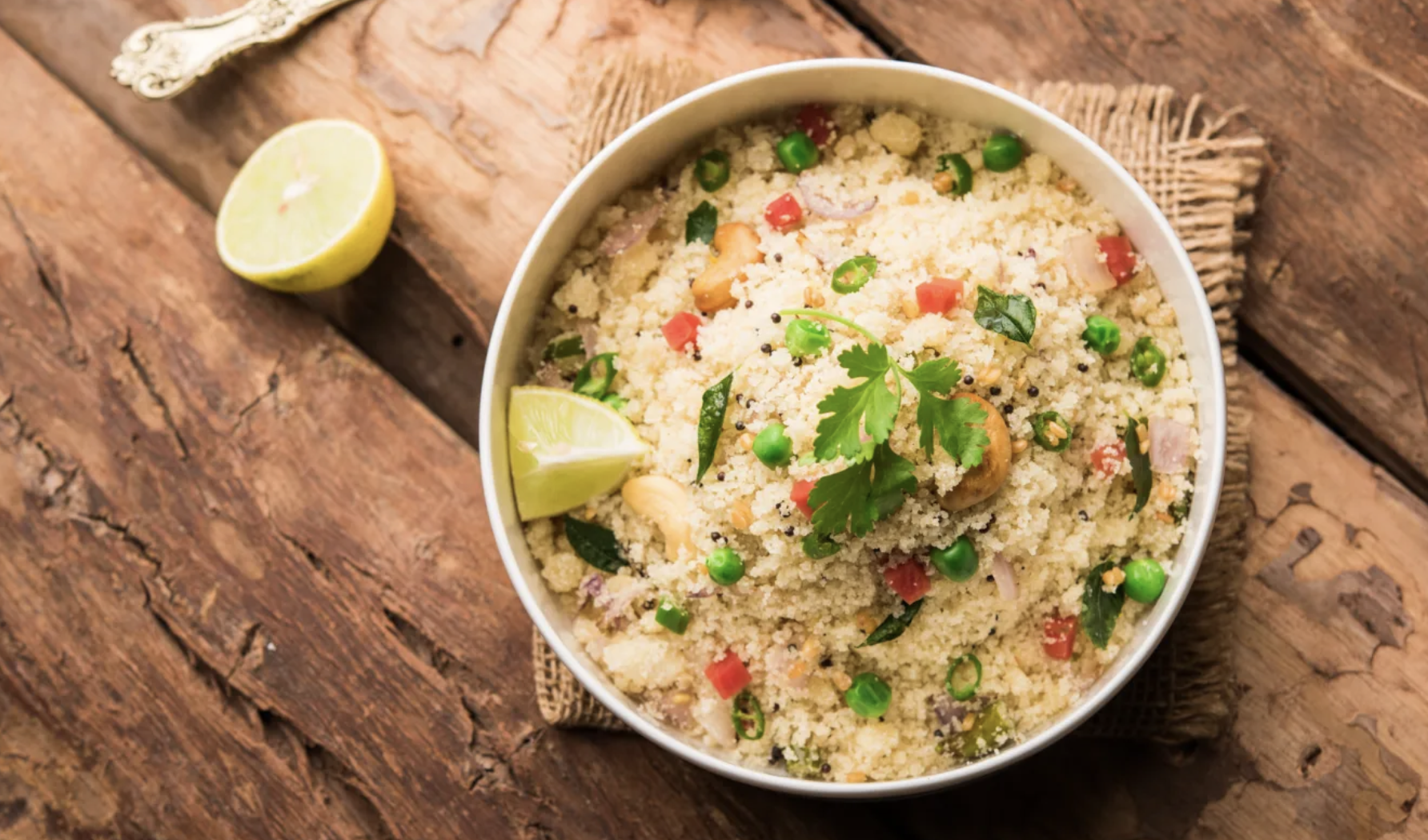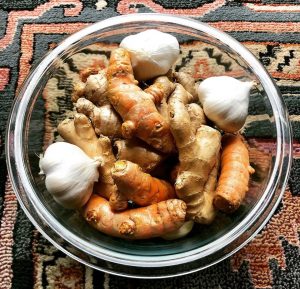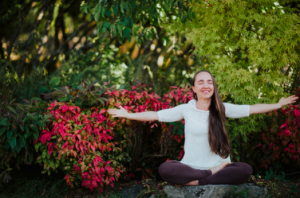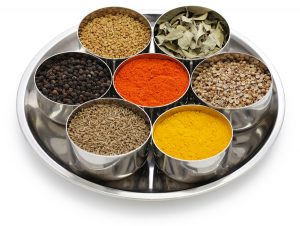Toward the end of summer, farm fresh food is available to many of us at our fingertips. The harvest season is ever abundant now. Just today, I stopped at a local farm and picked out sun-ripened tomatoes, zucchini, corn, eggs and colorful dahlias. The farmer’s market is tomorrow, and I’m not sure how much more we actually need. Maybe some beets and basil. I love watching others delight in gathering their farm fresh goodness. Thank you, dear farmers, and those who support farmers!
One of the biggest ways we impact our health is by choosing what we put into our mouths. Every time we eat. For those of us so fortunate, we do have a choice about what we eat for each meal. When we gather, lovingly prepare, eat and digest our food in a healthy way, our overall picture of health gets restored daily. On the other hand, if we are not present in choosing our food carefully, and eating and digesting well, our overall picture of health deteriorates. Especially if processed foods are a part of this picture. The metabolic health crisis is one of the biggest problems facing our global population now, particularly Americans. The standard American diet consists largely of various highly processed foods, seed oils, artificial colors and unnecessary chemicals.

“One of the biggest ways we impact our health is by choosing what we put into our mouths.”

“The standard American diet consists largely of various highly processed foods, seed oils, artificial colors and unnecessary chemicals.”
Check out this Time Magazine article from 2023
Now, check out this very different article from Time Magazine published just 2 weeks ago.
That last article is mind-blowing. It’s hard to imagine someone advocating for processed foods. Sure, some kind of processed food finds its way into many of our lives from time to time. It’s not always easy to avoid them entirely. It takes practice and dedication. And a commitment to being as healthy as possible. As it stands, we are already surrounded by so many environmental toxins. At least we have this choice: to consume real food from a farm and minimize unreal food from a factory.
This is one of the primary guidelines in the Ignite Your Life Metabolic & Hormone Reset. For the duration of the 6-Week Release Phase, participants eat only real, unprocessed fruit, veggies and protein. They rapidly notice inflammation dropping, weight releasing, hormones balancing, sleep improving and energy lifting. Those kinds of results come about, not from using medications, strenuous gym workouts or following a highly restrictive plan, but from eating real food, doing a few self-care practices and listening to the bodies’ wisdom.
This is what we’re doing. And, this is what each person is getting set up for long-term. Because the Reset is not a diet. It is a way of life. A way of integrating Ayurvedic principles with easy-to-follow nutritional guidelines. Almost all the participants lose their craving for sugar too! This is huge!
The Reset is a program that works so well for people and I love seeing the lasting transformations. Go HERE to find out when the next one is starting. Would you like to chat with me about participating? Feel free to set up a free call HERE.


